How Much Fiber Should We Eat When Counting Macros?
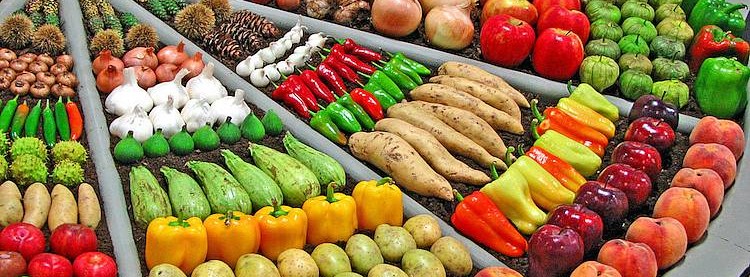
Fiber is really important for those on the Flexible Diet and counting macros and tracking your fiber intake while tracking the macros; protein, carbs, and fat can make sure you’re eating a good balance of healthy foods.
And I’ll be honest, Flexible Dieting can be deceiving.
Some people are under the illusion that we (flexible dieters) just eat crap all day, enter it into myfitnesspal and call it “Healthy Eating”.
Although it’s not the true, the Flexible Dieting community doesn’t do itself any favors when we flood Instagram with pictures of donuts, pop tarts, and pizza.
The truth is, we ARE into health. We’ve just redefined it.
Turns out eating well for 6 days and binging on the 7th isn’t healthy. Not for your body, not for your mind.
And so Flexible Dieting is designed to be both healthy and sustainable. Sustainable because you can fit whatever foods you like into your diet and healthy because you do that while tracking your fiber intake.
Fiber could also be considered the fourth macronutrient. Flexible Dieters track protein, fat, carbohydrates, AND fiber.
What is Fiber?
According to the Mayo Clinic:
“Dietary fiber, also known as roughage or bulk, includes all parts of plant foods that your body can’t digest or absorb.”
“Unlike other food components, such as fats, proteins or carbohydrates — which your body breaks down and absorbs — fiber isn’t digested by your body. Instead, it passes relatively intact through your stomach, small intestine, colon and out of your body.”
Fiber is commonly broken down into two types:
Soluble Fiber: Dissolves in water. It changes as it goes through the digestive tract, where it is fermented by bacteria. As it absorbs water it softens and helps the waste move through your body.
Sources of Soluble Fiber include; Fruits, vegetables, lentils, peas, beans, oats, barley, oatmeal, potatoes, and dried fruit.
Insoluble Fiber: Doesn’t dissolve in water. As it goes through your digestive tract it doesn’t change form.
Sources of Insoluble Fiber include; Bran, wholemeal flour and breads, brown rice, whole grain cereals, vegetables, edible peels of fruit, nuts, and seeds.
Here’s also a more in-depth breakdown.
Why is Fiber Important?

You may have heard fiber is good for you and that high fiber diets are healthy, But why? Truth be told I didn’t even think about the presence of fiber in my diet until I started tracking it.
I’ve now discovered fiber affects everything from reducing your cholesterol levels (Which can protect you from heart disease) to keeping bowel movements regular and your digestive system healthy.
Foods high in fiber are also usually dense with micronutrients, vitamins, and minerals.
A diet low in fiber can lead to a host of health problems. The importance of a fiber-rich diet cannot be stressed enough. Fiber = Freakin’ Awesome!
How much daily fiber when counting macros?
So here lies the question, right? How much fiber do I have to eat before I can fill the rest of my calories/macros with pizza and pop-tarts?
I’ve heard suggestions like “Women under 50 should eat 25 grams, Men under 50 should eat 38 grams”. What I don’t like about those suggestions is there’s no taking into account the individual.
Are our “Women Under 50” morbidly obese eating between 4000-5000 calories a day? Does the “Man Under 50” only weigh 150lbs and eat 2,000 calories a day?
I prefer to base it on the number of calories an individual is eating.
The formula I use is 14g of fiber per 1,000 calories consumed.
Let’s say you’re 195lb Male who eats 2,730 calories. You’d multiply 14 (fiber) x 2.7 (per 1,000 calories) which equals 37.8, which we’d round up to 38. So your final macros, including fiber, could be: 195g Protein, 76g Fat, 317g Carbohydrates, and 38g fiber.
The only caveat to the formula above is for smaller women. All women should have at least 25 grams of fiber daily for good bowel health, so if the formula puts you under that, default to 25 grams.
In the simple form, I think about flexible dieting like this: Quantity (Calories) determines your size and Quality (fiber – micronutrients etc) determines your health.
It’s also important to note that you can be eating a lot of healthy vegetables and fruit and still not be getting a lot of fiber. Leafy vegetables like lettuces and many other green veggies have low fiber amounts per volume.
If you feel like you eat a lot of vegetables but still have trouble getting enough fiber, it’s ok to supplement with a natural fiber like psyllium husk.
Accelerate Your Diet and Fitness Goals with My Macro Solution System
Step-by-step self-guided program -or- fully customized personal macros coaching. Feel exhilarated as you conquer your goals!
MACRO COUNTING
- 130 page step-by-step guide.
- Achieve fat loss without starvation.
- Individually tailored to your body composition.

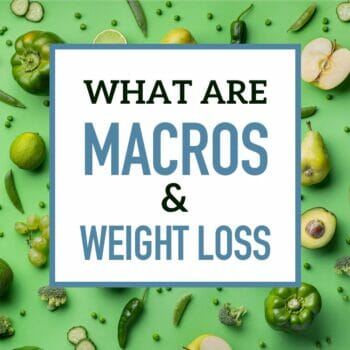 What Are Macros For Weight Loss?
What Are Macros For Weight Loss?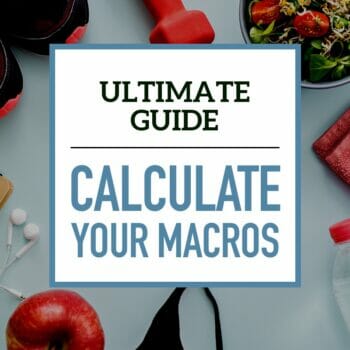 How to Calculate Your Macros for Body Transformation
How to Calculate Your Macros for Body Transformation Drinking Alcohol and Counting Macros
Drinking Alcohol and Counting Macros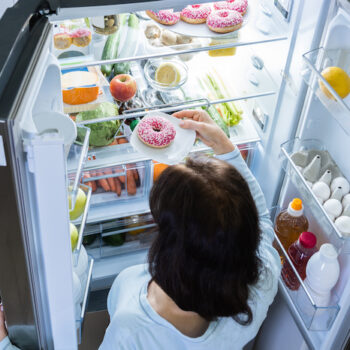 Help, I’m Hungry on a Macros Diet
Help, I’m Hungry on a Macros Diet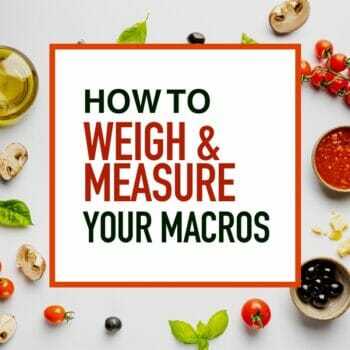 How To Track Macros In the Foods You Eat Painlessly
How To Track Macros In the Foods You Eat Painlessly